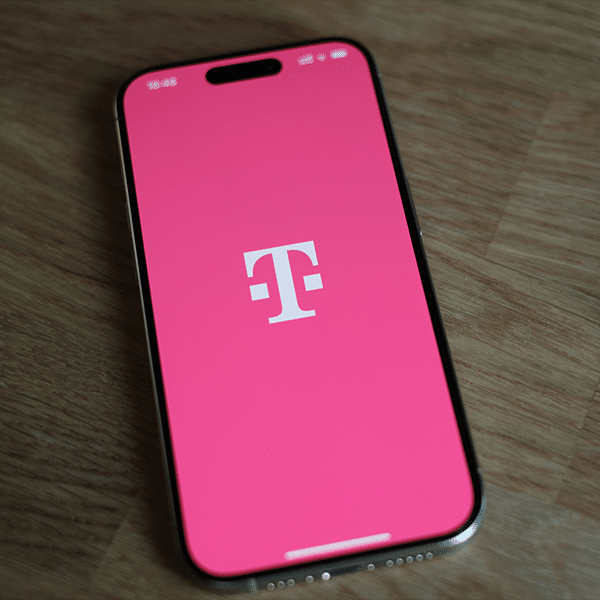 Some smaller wireless carriers, including three participants in Verizon Wireless’s LTE in Rural America program, are getting the vaunted iPhone 5 at nearly the same time as the nation’s largest carriers – AT&T, Verizon and Sprint. That’s a significant change from how Apple has handled previous new wireless product rollouts, where smaller carriers waited a year or more for the latest iPhone models – if they got them at all.
Some smaller wireless carriers, including three participants in Verizon Wireless’s LTE in Rural America program, are getting the vaunted iPhone 5 at nearly the same time as the nation’s largest carriers – AT&T, Verizon and Sprint. That’s a significant change from how Apple has handled previous new wireless product rollouts, where smaller carriers waited a year or more for the latest iPhone models – if they got them at all.
The total number of Tier 2 and 3 wireless carriers that will be offering the iPhone 5 is still a small percentage of the Tier 2 and 3 market, however. And that’s a reality that may continue, considering that Apple is selective about which carriers it works with and shuns carrier buying groups.
Tier 2 or 3 wireless carriers officially announcing they will carry the iPhone 5 (most, if not all, with a Sept. 28 launch date, one week after AT&T Verizon and Sprint) include Cricket, Ntelos, C Spire, GCI, Appalachian Wireless, and Bluegrass Cellular. And although Cellcom has not made a formal announcement, a spokeswoman confirmed that the company will begin offering the iPhone 5 on Sept. 28.
LTE in Rural America Partners
Appalachian, Bluegrass and Cellcom are notable in that they are part of Verizon Wireless’s LTE in Rural America program – and the iPhone 5 is the first iPhone to support LTE, which to date has not seen many Tier 2 and Tier 3 carrier rollouts. A few Verizon Wireless rural partners, including Cellcom, have been offering LTE service in parts of their territory for several months. And a spokesman for Bluegrass confirmed that the company’s network was operational in certain areas – although the company’s website does not indicate commercial availability as of yet. Appalachian Wireless did not respond to an inquiry from Telecompetitor in time for today’s deadline, but the company’s website does not indicate it has launched LTE yet.
For now any carrier that has not launched LTE – including most of the Tier 2 and Tier 3 carriers with the iPhone – will be using the product with 3G only.
A Verizon Wireless spokesperson said LTE in Rural America program participants negotiate their own deals with device vendors but said the only program participants she is aware of with the iPhone 5 at this time are Appalachian, Bluegrass, and Cellcom.
As of mid-May, the LTE in Rural America program had 17 small telco partners. Those program partners are leasing 700 MHz spectrum from Verizon and using it to build their own LTE networks. Verizon said earlier this year that it expects to see a total of eight new LTE in Rural America networks turned up this year, followed by at least nine additional launches in 2013.
A spokeswoman for Cellcom confirmed that until now, the company has not offered a smartphone for its LTE offering but instead has relied on other devices such as a Mi-Fi router. But in addition to the iPhone 5, she said Cellcom will have smartphones from two other manufacturers soon.
Verizon Wireless LTE in Rural America partners have an advantage over other small carriers in that they use the same 700 MHz spectrum band as Verizon and can ride the larger carrier’s coattails in obtaining devices. Many other small wireless carriers’ 700 MHz spectrum holdings are in a band not shared with AT&T or Verizon, making it difficult to persuade manufacturers to build devices for them because of the small volumes involved.
No A- and B-block support?
Apple did not respond to an inquiry from Telecompetitor asking what spectrum bands the iPhone 5 supports in time for today’s deadline. But Giga Om reports that the iPhone 5 does not work in the 700 MHz A-block. The author is referring to the lower A-block 700 MHz spectrum which, along with the B-block, is held primarily by small carriers.
Standards bodies have combined 700 MHz lower A-block and B-block spectrum into a single band for device purposes, which would indicate that the iPhone 5 does not support the lower B-block either.
Small wireless carriers have been urging the FCC to mandate a higher level of 700 MHz device interoperability and because of the difficulties in obtaining devices that can work in their spectrum bands, they have petitioned for an extension to a 2013 deadline to complete a partial build-out of their 700 MHz holdings.

